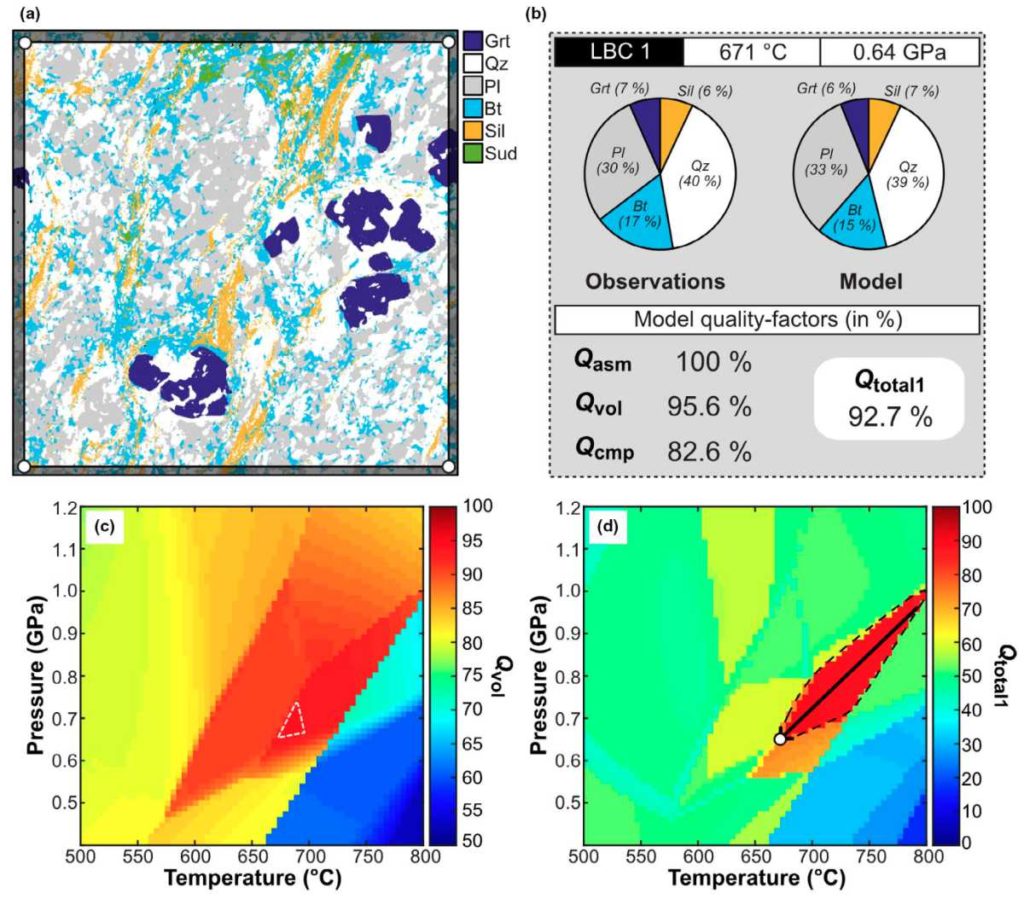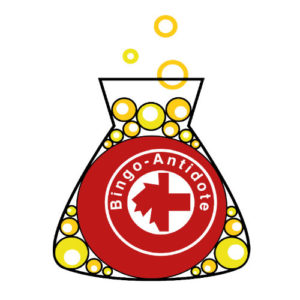We have published in collaboration with Erik Duesterhoeft from the CAU University Kiel a paper in the Journal of Metamorphic Geology describing a new hybrid modelling strategy for thermobarometry applicable to metamorphic rocks. This contribution describes a mutually consistent strategy based on quantitative compositional mapping and the software solution Bingo-Antidote integrated in XMapTools.

The technique relies on quantitative compositional maps acquired by electron probe micro-analyser for obtaining a mutually consistent set of observed data such as bulk rock and mineral compositions. It allows metamorphic conditions—pressure and temperature conditions of mineral formation—to be quantified from the investigation of local domains in compositional maps.

Bingo-Antidote is integrated in the mapping software XMapTools via the add-on XThermoTools.

Find out more
Duesterhoeft, E. & Lanari, P. (2020). Iterative thermodynamic modelling – Part 1: A theoretical scoring technique and a computer program (BINGO-ANTIDOTE). Journal of Metamorphic Geology, 38, 527-551. Download pdf | Visit the journal webpage
